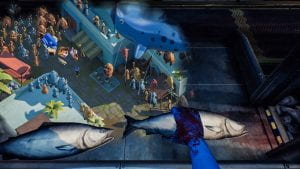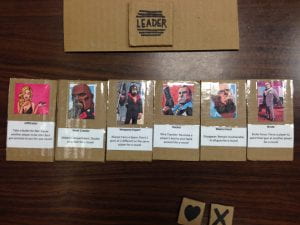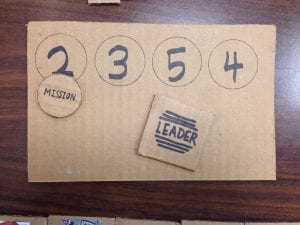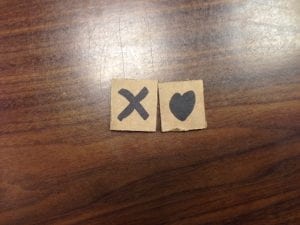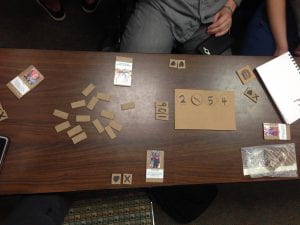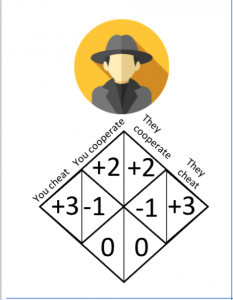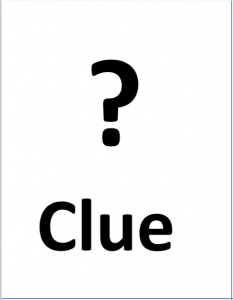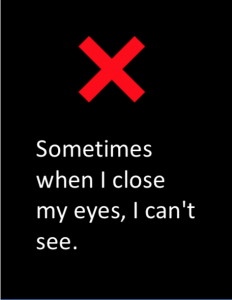I want to create a small digital game about struggling with being in a failing/destructive relationship. I want the game to focus specifically on a building feeling of chaos and anguish while attempting to still perform normal actions to keep a feeling of normality, like how people sometimes try to convince themselves a relationship is in a better state than it is. The main games I’m taking inspiration from are Every Day the Same Dream, and What Remains of Edith Finch (specifically the cannery scene). Both of these games deal with the evolution of performing the same standard actions over and over, but Edith Finch also focuses on the idea of underlying thoughts and actions becoming more complex and meaningful, which is the kind of feeling I want to inspire with the game. I want this game to use regular, standard, every day activities and objects, like many of the games and pieces (such as ready-mades and games like White Chess) for the standard actions, but then a more psychological, hidden thought-process for the building complexity in the character’s mind like Edith Finch. This is to inspire through mechanics the feeling of going through the mundane every day motions of a failing relationship while feeling the emotional toll build up alongside those standard actions.
